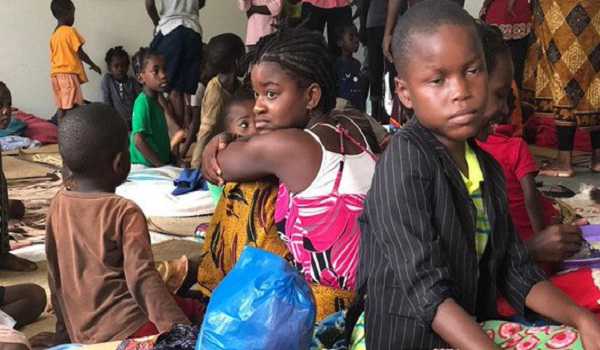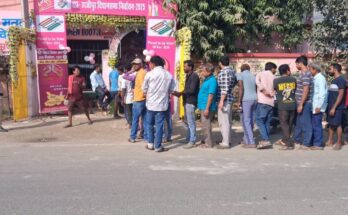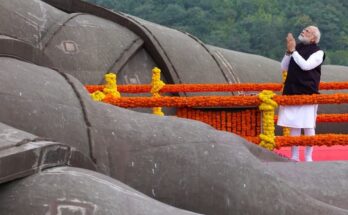Tropical Cyclone Kenneth swept into northern Mozambique bringing heavy rain and winds in excess of 225 kilometres per hour (140 miles per hour) after lashing the Comoros islands, where it claimed at least three lives, UN agencies said.
“Tropical Cyclone Kenneth made landfall in northern Mozambique near the border with Tanzania in an area where no storm since the satellite-era has ever been observed,” said Clare Nullis, spokesperson for the World Meteorological Organisation (WMO).
“So, people in that area have never experienced a tropical cyclone, and they’ve certainly never experienced a tropical cyclone of that intensity.”
UN Children’s Fund, UNICEF, tweeted late on Friday that a total of 16,776 people had been affected, with close to 3,000 homes partially damaged, and 450 totally destroyed.
Unlike Cyclone Idai – which claimed hundreds of lives and flooded vast swathes of southern Mozambique six weeks ago – the latest storm hit a mainly rural region north of the city of Pemba, between the islands of Tambuzi and Matemo, and near the town of Mucojo.
Nonetheless, WMO has warned of a potentially life-threatening storm surge of between three to five metres, while the World Food Programme (WFP) has also reported forecasts of up to 600 millimetres of rain in the next 10 days – twice as much as the port city of Beira received after Idai hit.
The UN Emergency Relief Coordinator, and head of the humanitarian affairs coordination office (OCHA) said that the storm had “ripped off roofs” of homes “and it continues to generate heavy rainfall, resulting in flooding as it moves across Mozambique.”
Mark Lowcock said he was “deeply saddened by the loss of life and destruction caused” by Cyclone Kenneth and noted the latest disaster had arrived after Idai had claimed the lives of more than 600 people, “unleashing a cholera epidemic, wiping out crops in the country’s breadbasket, forcing a million people to rely on food assistance to survive, and causing massive destruction of homes, schools and infrastructure in one of the world’s poorest countries”, he said.
“Cyclone Kenneth may require a major new humanitarian operation at the same time that the ongoing Cyclone Idai response targeting three million people in three countries remains critically underfunded,” the relief chief warned.
Although Cyclone Kenneth has now been downgraded to a tropical depression by WMO, some 700,000 people are believed to remain at risk, according to Mozambique’s national disaster management agency, INGC.
“Mozambican authorities evacuated thousands of people which we hope limited the loss of life,” said Ms Nullis.
“And Tanzania, which also has never seen tropical cyclones, issued a red alert to warn people of the risks, and those red alerts continue today, warning of floods and landslides.”
In the province of Cabo Delgado, where Kenneth made landfall, the UN is working with the Government and other humanitarian organisations on an immediate response plan for the north of the country.
According to WFP, public buildings such as schools have been made available where flood victims can shelter from the districts of Pemba, Mecufi, Chiure, Metuge, Mocimboa da Praia, Palma, Macomia, Quissanga, Ibo and Muidumbe.
“WFP has prepositioned more than 500 metric tons of food in Pemba to be ready to support those affected,” spokesperson Hervé Verhoosel said. “Another 1,000 tonnes is ready to be dispatched from a WFP warehouse in neighbouring Nacala province.”
(UNI)




